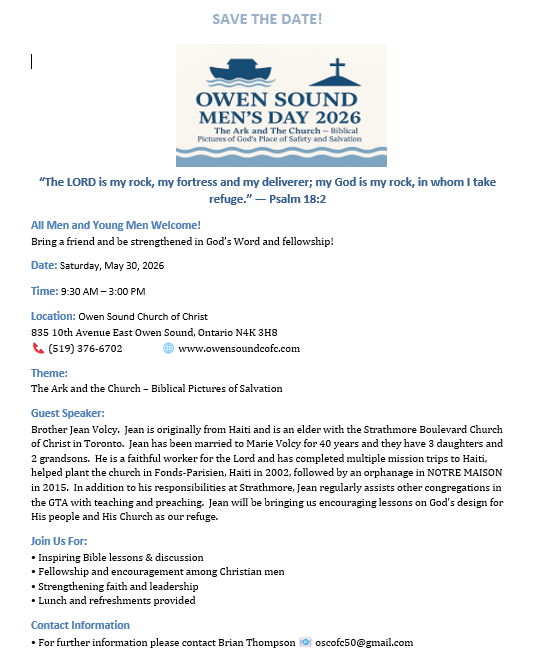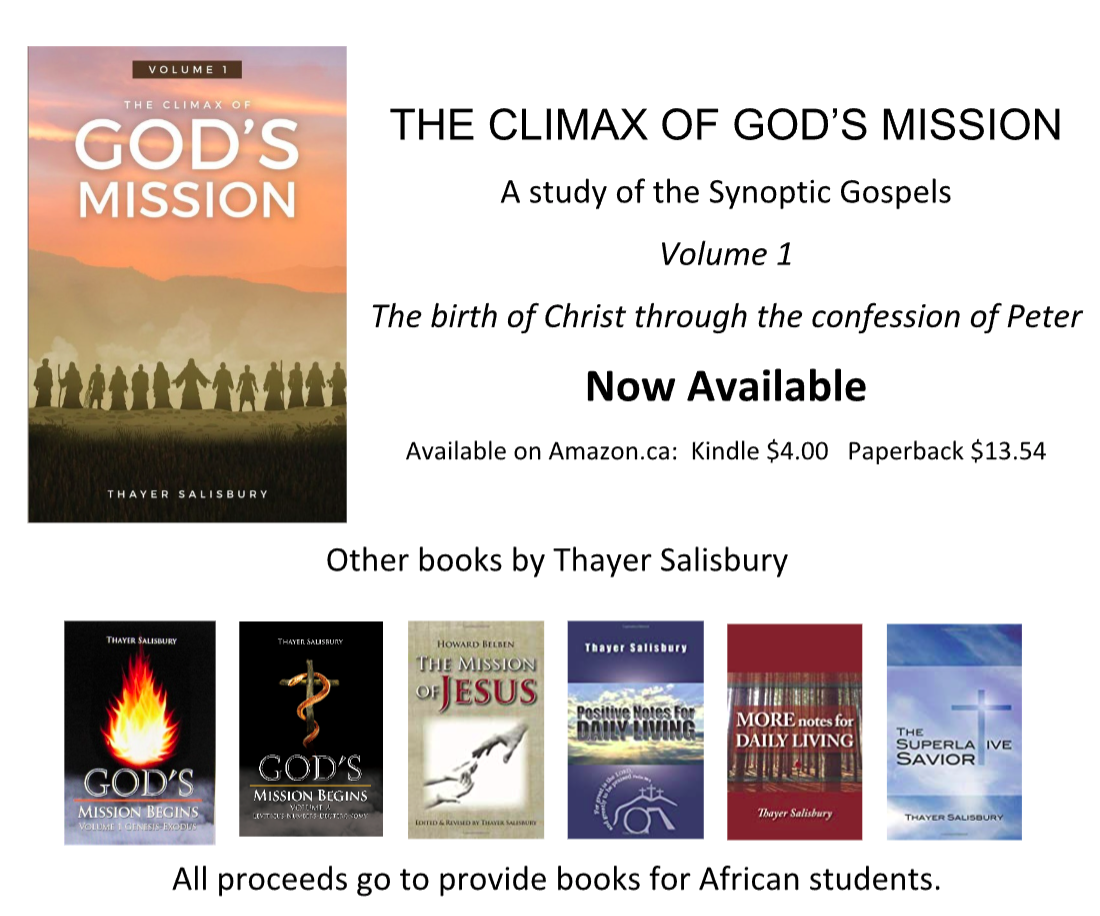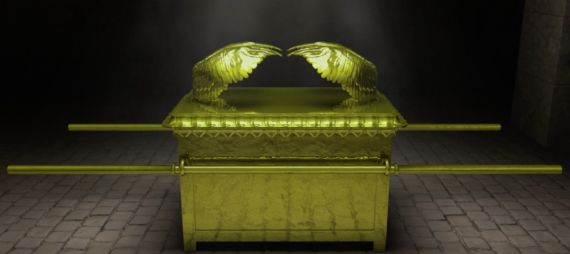A Study of 2 Chronicles 5:1-6:11
Introduction
The ark of the covenant was built after the Israelites escaped Egyptian bondage. Specific instructions regarding its design and construction are found in Exodus 25:10-22. It was made from acacia wood and covered in pure gold both inside and out (verses 10-11). Rings of gold were fashioned and fastened on each corner of the ark; poles were then made and placed through the rings. According to Exodus 25:14, this was done “that the ark may be carried by them.” The mercy seat was created and placed on the ark between cherubim located on each end. Having thus instructed His people, the Lord declared: “And there I will meet with you, and I will speak with you from above the mercy seat, from between the two cherubim which are on the ark of the Testimony, about everything which I will give you in commandment to the children of Israel” (verse 22).







As the nation journeyed toward Canaan from Egypt, “the ark of the covenant of the Lord went before them” (Numbers 10:33; cf. Joshua 3:3-4). It served as a visual reminder of God’s presence with His people. For a time, the ark was kept in the tabernacle at Shiloh (1 Samuel 3:3). But the Israelites were not content with leaving it there. Believing that it offered a military advantage over their enemies, “the people sent to Shiloh, that they might bring from there the ark of the covenant of the Lord of hosts, who dwells between the cherubim” (1 Samuel 4:4). Despite the initial boost in moral that its presence provided on the battlefield (verses 5-7), the ark did not save Israel from the Philistines. Instead, it “was captured” (verse 11). Eventually, it was returned to the Israelites and kept for a time in the house of Abinadab in Kirjath Jearim (1 Samuel 7:1).
The ark of the covenant remained in the house of Abinadab until King David made arrangements to bring it to the City of David (2 Samuel 6). But because David and his men did not transport the ark as the Lord instructed (1 Chronicles 13:7-10; cf. 15:13), their initial attempt to move the ark failed. When “the Levites bore the ark of God on their shoulders, by its poles, as Moses commanded according to the word of the Lord” (1 Chronicles 15:15), they were able to bring “the ark of God, and set it in the midst of the tabernacle that David had erected for it” (1 Chronicles 16:1). Not surprisingly, a great celebration followed. Nevertheless, David recognized that he lived in “a house of cedar, but the ark of the covenant of the Lord is under tent curtains” (1 Chronicles 17:1). This arrangement had to change.
After Solomon became king, it did. Solomon used the supplies gathered by his father David to build the house of the Lord. As 2 Chronicles 5 reports, the ark of the covenant was brought to the temple soon after its completion. When it was properly positioned in the Most Holy Place and the individuals present worshiped God, “the house of the Lord was filled with a cloud, so that the priests could not continue ministering because of the cloud; for the glory of the Lord filled the house of God” (2 Chronicles 5:14). The ark of the covenant was in the temple, and God was with His people.
The Levites and the Ark (2 Chronicles 5:1-10)
Following the temple’s completion, it remained for the magnificent structure to be furnished. Therefore, “Solomon brought in the things which his father David had dedicated: the silver and the gold and all the furnishings. And he put them in the treasuries of the house of God” (2 Chronicles 5:1). Having done so, King Solomon called for the people to “bring up the ark of the covenant of the Lord up from the City of David, which is Zion” (verse 2). This took place during the Feast of Tabernacles, which occurred during the seventh month (verse 3). This was especially fitting since that feast recalled God’s care for His people as they lived in temporary booths while wandering in the wilderness. During that time, God also inhabited a temporary place—the tabernacle. Now, however, everything was changing. The ark of the covenant, where the Lord met with His people, was moving to its permanent home. God never forgot His people, and they had not forgotten Him.
Obeying the Law of Moses, “the Levites took up the ark. Then they brought up the ark, the tabernacle of meeting, and all the holy furnishings that were in the tabernacle” (2 Chronicles 5:4-5). While this was happening, “King Solomon, and all the congregation of Israel who were assembled with him before the ark were sacrificing sheep and oxen that could not be counted or numbered for multitude” (verse 6). The act of bringing the ark of the covenant to the temple was more than symbolic. The people, led by their king, worshiped and celebrated the occasion.
The ark of the covenant was taken “to the inner sanctuary of the temple, to the Most Holy Place, under the wings of the cherubim. For the cherubim spread their wings over the place of the ark, and the cherubim overshadowed the ark and its poles” (2 Chronicles 5:7-8). In the New Testament, the author of Hebrews called this part of the temple “the Holy of Holies” (Hebrews 9:3 NASB) and described how “the cherubim of glory [were] overshadowing the mercy seat” (verse 5). The ark contained “the two tablets which Moses put there. At Horeb, when the Lord made a covenant with the children of Israel, when they came out of Egypt” (2 Chronicles 5:10). The event is as magnificent as the new temple. God’s people, God’s law, God’s messengers, and God’s presence are all found within the text.
Praise to God (2 Chronicles 5:11-6:2)
After the ark had been taken to the Most Holy Place, a celebration of praise erupted. According to text, “the Levites who were with the singers, and all those of Asaph and Heman and Jeduthun, with their sons and their brethren, stood at the east end of the altar, clothed in white linen, having cymbals, stringed instruments and harps, and with them one hundred and twenty priests sounding with trumpets” (2 Chronicles 5:12). These individuals prepared themselves to lead the nation in worship. As they did so, “the trumpeters and singers were as one, to make one sound to be heard in praising and thanking the Lord” (verse 13). Their refrain was simple yet revealing. They sang: “For He is good, for His mercy endures forever” (verse 13). Despite the difficulties the nation endured, God’s goodness never wavered. Despite their sins and shortcomings, His mercy was steadfast. The praise was similar to that given to God by David, who wrote: “Great is the Lord, and greatly to be praised; and His greatness is unsearchable” (Psalm 145:3).
While the people praised God, “the house of the Lord was filled with a cloud, so that the priests could not continue ministering because of the cloud; for the glory of the Lord filled the house of God” (2 Chronicles 5:13-14). There was no doubt about God’s presence. He had been with His people in the cloud at Sinai (Exodus 20:21), and He was with His people in the cloud in the temple Solomon built. Acknowledging this fact, Solomon announced to the people: “The Lord said He would dwell in the dark cloud. I have surely built You an exalted house, and a place for You to dwell in forever” (2 Chronicles 6:1-2). Regarding God’s presence with His people, Thompson observed: “On the one hand, no building, not even the whole earth could contain God. He dwells in thick darkness, and indeed he fills all. On the other hand, in some special way God would be here, in this temple, more than any other place. Perhaps this helps us understand the mystery of the incarnation of God in Christ—while God fills the whole universe, he also is specially present in the person of Christ. This is why Jesus refers to his body as a ‘temple’ (John 2:20-21)” (1, 2 Chronicles, 227).
Solomon Speaks (2 Chronicles 6:3-11)
Having acknowledged the presence of God (2 Chronicles 6:1-2), King Solomon turned and spoke to the assembly.
He began by praising God for keeping His promise to David. Solomon revealed how God told David that He had chosen Jerusalem as the place where His name would be honored (verse 5), and that He had selected David to lead His people, the children of Israel (verse 6). He also noted David’s desire to “build a temple for the name of the Lord God of Israel” (verse 7). This, however, did not happen, for God did not allow it. God appreciated David’s desire but intended for another to complete the task. Making this known, he told the king: “Whereas it was in your heart to build a temple for My name, you did well in that it was in your heart. Nevertheless you shall not build the temple, but your son who will come from your body, he shall build the temple for My name” (verses 8-9). David helped to prepare for the project by collecting materials, and Solomon completed the task.
Solomon continued by emphasizing that God kept His promise. He had indeed allowed Solomon to do what David could not. This was not stated in a boastful way. Instead, Solomon revealed: “I have built the temple for the name of the Lord God of Israel. And there I have put the ark, in which is the covenant of the Lord which He made with the children of Israel” (2 Chronicles 6:10-11).
The temple was constructed for God’s glory, not man’s. It was the home of the ark, which held “the covenant of the Lord” (verse 11). Israel was not merely to stand in awe of God. The nation was supposed to worship Him. Solomon understood his role. He did what God allowed so that God might receive glory and honor from His obedient children. To God be the glory!
Conclusion
Although the text describes what Solomon was able to accomplish by building the temple and placing the ark of the covenant in the Most Holy Place, it never loses sight of God’s role in bringing the events to pass. God delivered the people from Egyptian bondage. God promised David that his son would build the temple. God filled the temple with His glory in response to the praise and thanksgiving of the people.
God is with His people in a special way. His presence is undeniable. Christians do not have the ark of the covenant today, but we do have the Holy Spirit (1 Corinthians 6:19-20). God is still with us.

